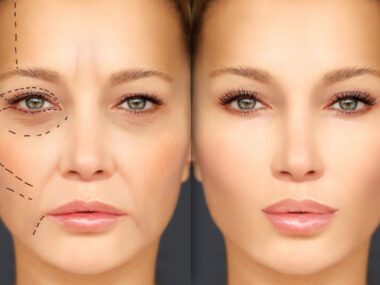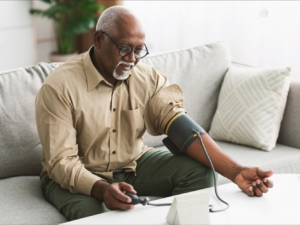Heat stress, a condition arising when the body struggles to cool itself down, poses a significant health risk, particularly during hot and humid weather. It can affect anyone, but some individuals are more susceptible, making awareness and preventative measures crucial.
This comprehensive guide delves into the science behind heat stress, exploring its causes, risk factors, signs and symptoms, and effective prevention and management strategies.
The Physiology of Heat Regulation
The human body strives to maintain a constant internal temperature (around 98.6°F) through a delicate balance between heat production and heat loss. During physical activity or exposure to hot environments, metabolic processes generate heat that needs to be dissipated. The body employs various mechanisms for heat loss:
- Radiation: Heat radiates from the body’s surface to cooler surroundings.
- Convection: Air movement carries heat away from the skin.
- Conduction: Heat transfers directly from the body to cooler objects in contact with the skin.
- Evaporation: Sweating plays a vital role, as sweat evaporates from the skin, drawing heat away from the body.
However, these mechanisms become less effective in hot or humid environments. When the surrounding temperature is close to or exceeds body temperature, radiation, and convection become less efficient. Similarly, high humidity hinders sweat evaporation, reducing its effectiveness in cooling the body.
The Stages of Heat Stress
Heat stress manifests in a series of stages, each with escalating severity. Here’s a breakdown of the progression:
-
Increased Sweating: As the body attempts to cool itself, sweat production rises. This is a normal response, but insufficient fluid intake to replenish lost fluids can lead to dehydration.
-
Heat Cramps: These are painful muscle cramps that can occur during or after strenuous activity in hot weather. Electrolyte imbalances cause them due to excessive sweating.
-
Heat Exhaustion: This stage signifies a more serious condition. Symptoms include:
- Excessive sweating
- Weakness, dizziness, and fatigue
- Headache
- Nausea or vomiting
- Pale, clammy skin
- Rapid, weak pulse
Heat exhaustion often occurs due to dehydration and electrolyte depletion. If left untreated, it can progress to heatstroke.

-
Heat Stroke: This medical emergency is characterized by a core body temperature exceeding 104°F (40°C). Other alarming signs include:
- Confusion, disorientation, or seizures
- Loss of consciousness
- Hot, dry skin (absence of sweating)
- Rapid, shallow breathing
Heat stroke disrupts organ function and can lead to permanent damage or death if not treated promptly.
Heat Stress Risk Factors
Several factors can increase an individual’s susceptibility to heat stress, including:
- Age: Infants, young children, and older adults have less efficient thermoregulatory systems, making them more vulnerable.
- Chronic Health Conditions: People with heart disease, respiratory problems, diabetes, and obesity are at higher risk due to the additional strain on their bodies.
- Medications: Certain medications, such as diuretics and beta-blockers, can affect the body’s ability to regulate temperature or sweat production.
- Dehydration: Not consuming enough fluids, especially during heat exposure or physical activity, significantly increases the risk of heat stress.
- Alcohol and Drug Use: These substances can impair the body’s thermoregulatory mechanisms and hydration status.
- Strenuous Activity: Working or exercising in hot environments can quickly lead to heat stress, particularly for unacclimatized individuals.
- Environmental Conditions: High ambient temperature, humidity, and lack of air circulation further exacerbate the risk of heat stress.
Recognizing the Warning Signs
Early detection and intervention are crucial for preventing heat stress from progressing to a severe stage. Here are some key signs to watch for:
- Excessive sweating
- Headache
- Dizziness
- Nausea
- Muscle cramps
- Fatigue
- Pale or clammy skin
- Rapid, weak pulse (in heat exhaustion)
- Confusion, disorientation, or seizures (in heat stroke)
- Loss of consciousness (in heat stroke)
- Hot, dry skin (absence of sweating) (in heat stroke)
If you experience any of these symptoms, particularly during hot weather or physical activity, seek immediate cooling measures and consider medical attention.










